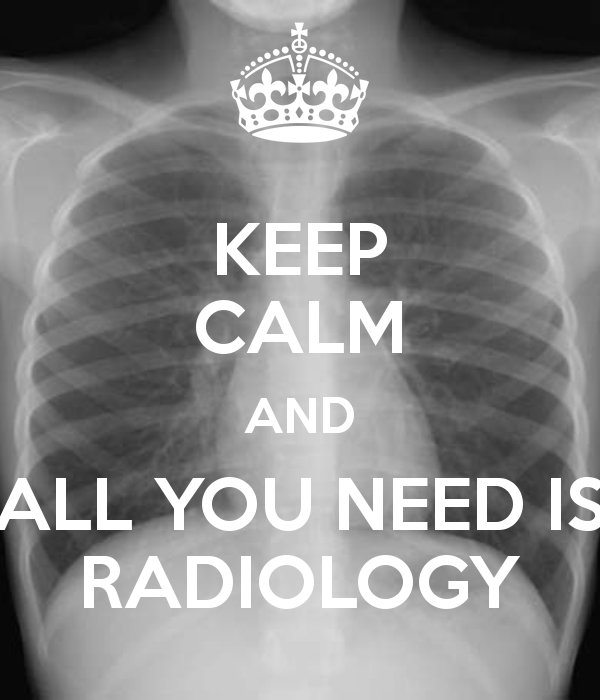Tags
-
Bartlett MJ, Bynevelt M. Acute contrast reaction management by radiologists: a local audit study. Australasian Radiology 2003;47:363– 367.
(Department of Diagnostic Imaging and Interventional Radiology, Royal Perth Hospital, Perth, Western Australia, Australia)
-
Consultant radiologists & trainees must possess knowledge of optimal acute management of contrast reactions because patient survival depends upon prompt initial management
- Questionnaire
- What is the emergency telephone number at your institution to summon help in an emergency 7700
- Name the initial dose of Adrenaline
- Initial doses of adrenaline (1:1000) up to 0.75mg (Adult); Intramuscular is the preferred route of administration
- Name an Antihistamine and its dose
- Promethazine (Antihistamine) 0.5~1mg/kg
- Name a Corticosteroid and its dose
- Hydrocortisone 2~6mg/kg OR Dexamethasone 0.1~0.4mg/kg
- Name the dose of Atropine for profound bradycardia
- 0.3~0.6 mg
- What additional route for drug administration can be used in paediatric patients?
- Intraosseous route for drug & fluid administration
- What is the dose in joules for cardioversion of Ventricular Fibrillation?
- 200~360 J
- What are the rates of cardiac massage/minute for inadequate cardiac output?A. Cardiopulmonary Resuscitation (CPR): A universal compression to ventilation ratio of 30:2 is recommended. With children, if at least 2 trained rescuers are present a ratio of 15:2 is preferred. In newborns a rate of 3:1 is recommended unless a cardiac cause is known in which case a 15:2 ratio is reasonable.
- Name a type of intravenous fluid for volume expansion in the hypotensive patient
- Normal saline
- Name the initial dose of Adrenaline for a paediatric patient.
- 10micrograms/kg for children
- Anaphylaxis/anaphylactoid reactions are severe systemic allergic reactions that include one or both of two severe features: respiratory difficulty& hypotension.
- The most important single medication in the treatment of anaphylactic/anaphylactoid reaction is adrenaline.
- It is sympathomimetic leading to peripheral vasoconstriction, increased cardiac contractility & bronchodilation
- Less-acute management, including corticosteroid & anti-histamine doses, were assessed
